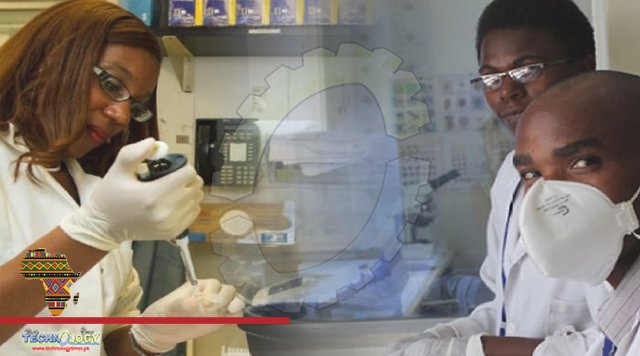The COVID-19 pandemic spread much slower on the African continent than in the rest of the world, contrary to predictions.

As of 20 July 2022, a total of 562,672,324 COVID-19 confirmed cases and 6,367,793 deaths had been recorded globally. Only 1.63% (9,176,657) of the global cases and 2.73% (173,888) of global deaths recorded were from the African continent – which has around 17% of the world’s population. Multiple reasons for the slower spread have been put forward. One was that the continent’s population is relatively young and younger people were at lower risk of severe illness in the event of SARS-CoV-2 infection. The possible contribution of pre-existing immunity from other viral infections was also put forward. And it was suggested that the slower spread might not be the real picture: there could be underestimation of the true magnitude of the pandemic, resulting from weak surveillance systems. There is another aspect to consider, though. It is possible that what countries did to slow the spread of SARS-CoV-2 infections actually worked to some extent. Diverse sectors and disciplines collaborated towards the shared goal of mitigating the pandemic effects.
In our recent study we traced policies retrospectively and related them to patterns of the disease. We set out to understand how the 47 countries forming the World Health Organisation (WHO) African region coordinated the response to COVID-19 – and what we could learn from their strategies. By coordination we mean management to ensure unity of effort.Our analysis showed that decentralisation strategies and innovation played key roles in coordination. Financing was a challenge to coordination. All 47 countries in the WHO African region instituted three distinct layered coordination mechanisms: strategic, operational and tactical.
Most (41) countries implemented strategic coordination. This means that the highest authority in government or a designated authority oversaw the overall response. One example is the strong leadership by the president of Seychelles, who is also the minister of health. Another is the National Disaster Risk Management Council led by the deputy prime minister’s office in Ethiopia. The second layer was operational coordination. This refers to the provision of day-to-day technical and operational support to the in-country response team. It was implemented by 28 countries and led by experts in public health emergency operations centres. An example is the Public Health Emergency Operations that provided the operational level leadership in Côte d’Ivoire under the general director of health.
Source: This news is originally published by allafrica